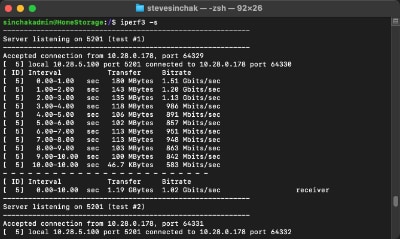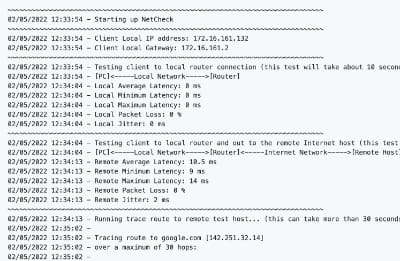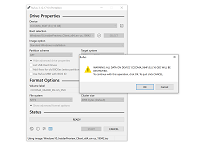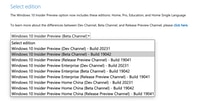There are many reasons to convert your computer from the traditional BIOS to the newer UEFI standard if your hardware supports it. You will notice slightly faster power on times and support for new security capabilities such as Secure Boot, Credential Guard, and Device Guard when using UEFI. Traditionally the only way to switch from BIOS to UEFI required a complete rebuild of your PC. But with the Windows 10 Creator Update or newer, there is a useful command line utility that will save you a ton of time.
There are typically two steps to converting your PC to use UEFI boot compared to the legacy BIOS option. First, the hard drive must be converted from an MBR (Master boot record) partition table structure over to a GPT (Globally unique identifier) partition table structure. Second, UEFI must be turned on in your motherboard settings.
1. Converting Hard Drive from MBR to GPT
This is where the MBR2GPT.exe utility included in the latest version of Windows 10 (Creators Update or newer) comes in handy. Generally, this utility is designed to be run in a preinstallation environment but it can also work directly on your PC with the use of a special flag. In this case, the existing MBR cannot be converted, but a new GPT partition table will be created.
To get started, open up an administrative level Command Prompt. The first thing we need to do is get the disk identifier number we want to convert by using diskpart.
Type in diskpart at the admin level command prompt and hit Enter. Next, type in list disk and you should see a list of disks on your PC. Write down the disk identifier number of your primary disk you want to convert. In most cases, this will be disk 0. Finally, type in exit and hit Enter to exit diskpart.
Now we are ready to run a quick validation test to see if MBR2GPT will work on your system. At the admin level command prompt, type in mbr2gpt /validate /disk:0 /allowFullOS and hit Enter. Make sure to replace /disk:0 with your disk number if it is different!
If the utility reports back the validation was completed successfully, you can proceed with the following command to run the conversion. Type in mbr2gpt /disk:0 /allowFullOS and hit enter to perform the conversion. Once again, make sure to replace /disk:0 with your disk number if it is different.
If the validation failed, the drive may not be compatible for a number of reasons, most likely, there is not enough space to create the new GPT partition table. Your only option at this point is a full rebuild of Windows 10.
2. Enabling UEFI Boot
How to enable UEFI varies and may already be turned on so it is best to consult with the manufacturer for the specific instructions for your particular model.



